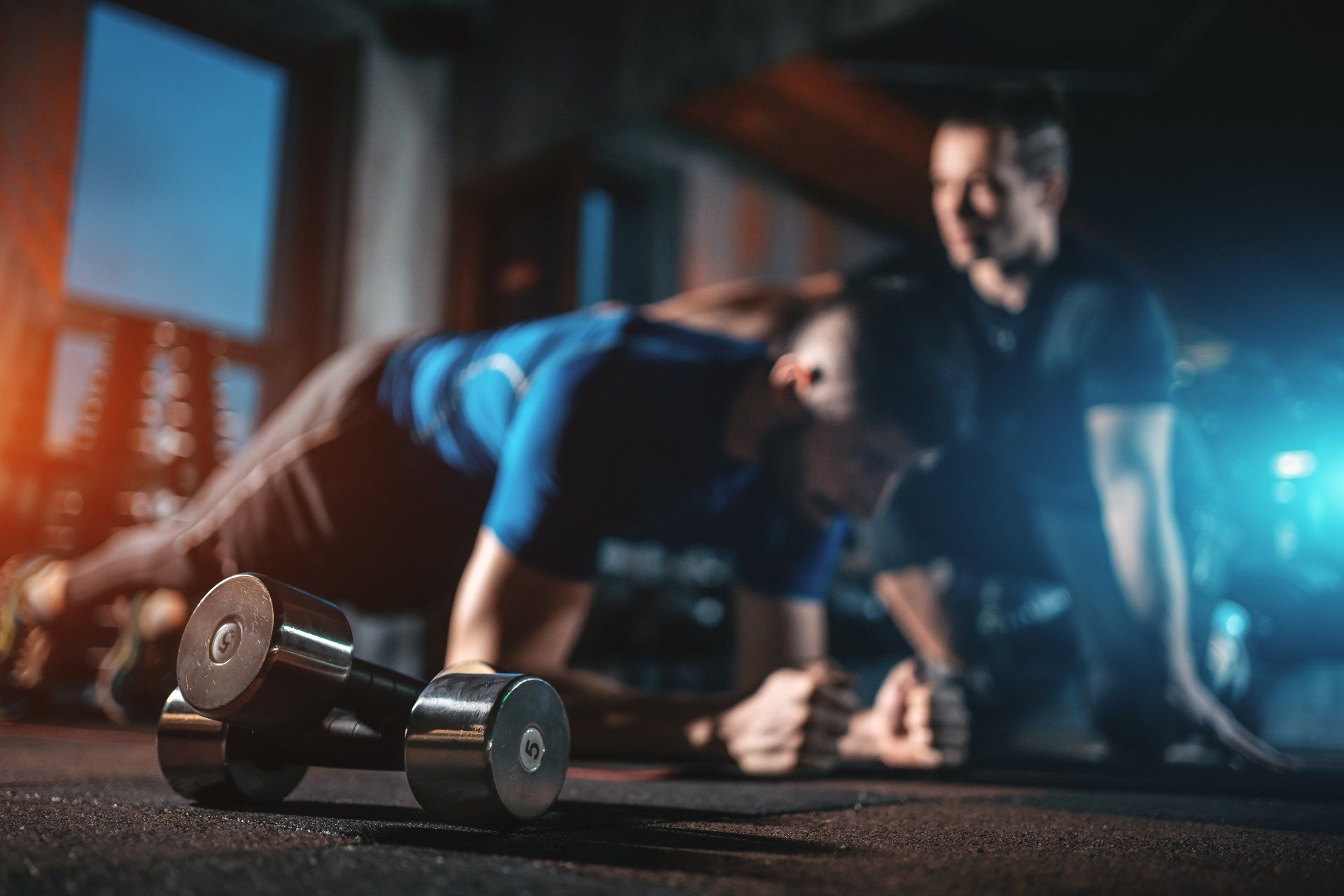Good Health
the Parnell Harper blog
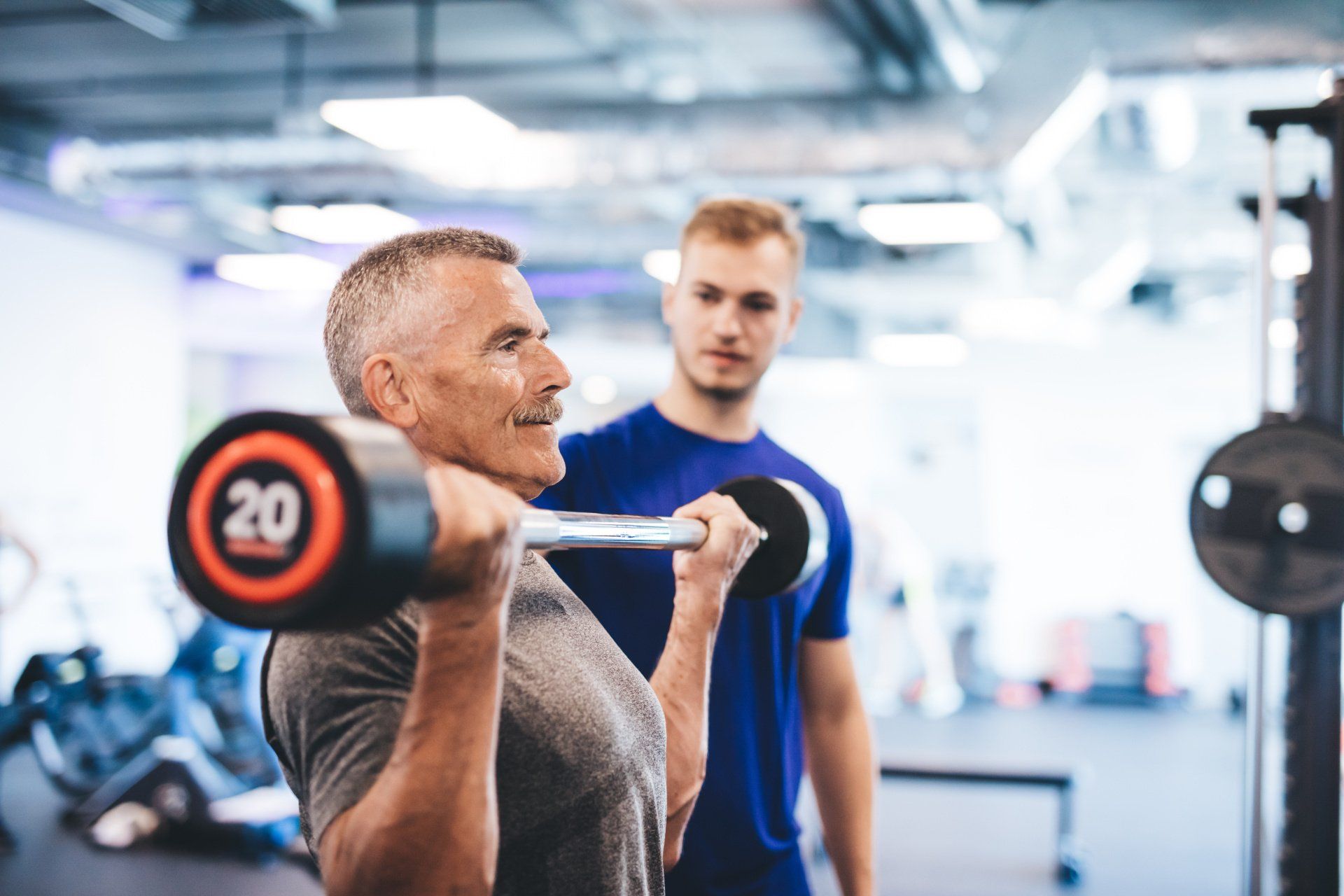
What should a programme be? A good exercise programme should be first and foremost FUN. This can mean numerous things; exercising with a friend, time to yourself, challenging exercise, not so challenging, being outside, etc, etc. The most important thing is knowing what you enjoy then you’ll continue with it. The best exercise is the exercise that gets done! The second most important ingredient is variety. Ideally your exercise programme should contain elements of cardiovascular exercise (anything that gets the heart and lungs working a little harder) and strength work. Cardio? As far as cardiovascular exercise is concerned, I’m a big advocate of doing it outside. Also as stated above make it enjoyable; walking or cycling with friends, swimming, etc. Ideally you get outside once a day and if you have a fancy watch that measures your steps, set yourself and your friends a target and encourage each other to achieve it. If you need the promise of a cup of coffee in the local cafe that is fine too. Strength? As we get older the amount of muscle we have slowly decreases, so it’s important for us to maintain it. A good strength programme will... assist in preserving a good range of movement of all your joints challenge your balance so as to maintain your confidence in your physical ability as well as maintaining and possibly increasing your strength And who doesn’t like the feeling of being strong?! So when planning a strength programme think of big movements like the sit to stand and the squat and press, the balance work and core stability. A Final thought Please stay away from the latest gadget or diet that’s promising quick results! Keep it simple and have lots of fun.
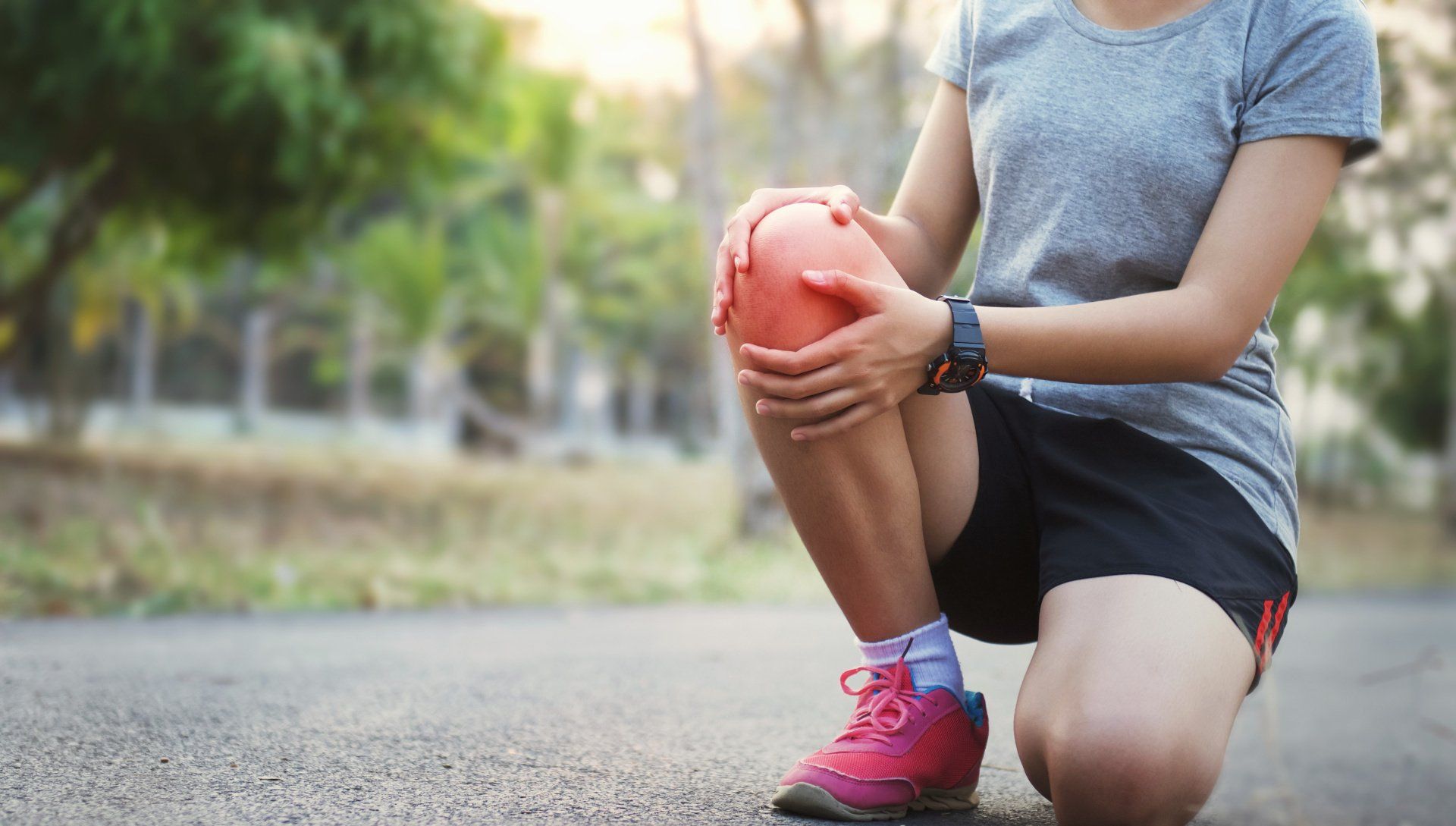
What is it? This is a common condition, often described as the most prevalent overuse injury of the knee. Symptomatic pain arises behind or around the kneecap, also known as the patella, and is likely to have a gradual onset rather than result from a single incident of injury. Pain is likely to be associated with activities like squatting, running, using stairs, and potentially any movement where the knee is loaded in a flexed position, though it can also occur with prolonged sitting with the knees bent. Patellofemoral pain is a clinical diagnosis reached by excluding alternative and more specific conditions (e.g. patellar tendinopathy, bursitis, osteoarthritis). What causes it? There are likely to be signs of reduced muscular control and strength that are believed to contribute to biomechanical impairment of the patellofemoral joint. However, given the slow onset of pain and its potential to then become persistent, like other overuse injuries, symptoms can be complicated with a growing belief that the condition is worse than it is (‘catastrophisation’) and fear avoidance (‘kinesiophobia’). This introduces the need to consider and resolve aspects of pain sensitisation and wider psychological factors to successfully treat the condition. Rehab There is a body of high-quality evidence showing the effectiveness of combining knee and hip exercises in the treatment of patellofemoral pain syndrome. In the short-term, patellar taping, foot orthoses (to counter biomechanical issues, for example, relating to excessive rear-foot eversion and mid-foot pronation), stretching, and some hands-on therapy may be useful for reducing pain. These are not, however, believed to help beyond the short-term and exercise is currently seen as the critical element in a treatment programme. Similar to other conditions described as overuse injuries, the complete avoidance of pain-provoking movement and a ‘wait and see’ approach are not seen to be effective at improving pain and function. Summary Often referred to as an overuse injury, rather than the result of a single incident. Pain can be felt behind or around the kneecap. Pain can be associated with running, squatting, using stairs and/or prolonged periods of sitting. It is important to speak with a therapist about strengthening the muscles around the hips and knees. The therapist will also assure you that complete rest is not the answer and movement is both ok and vital.
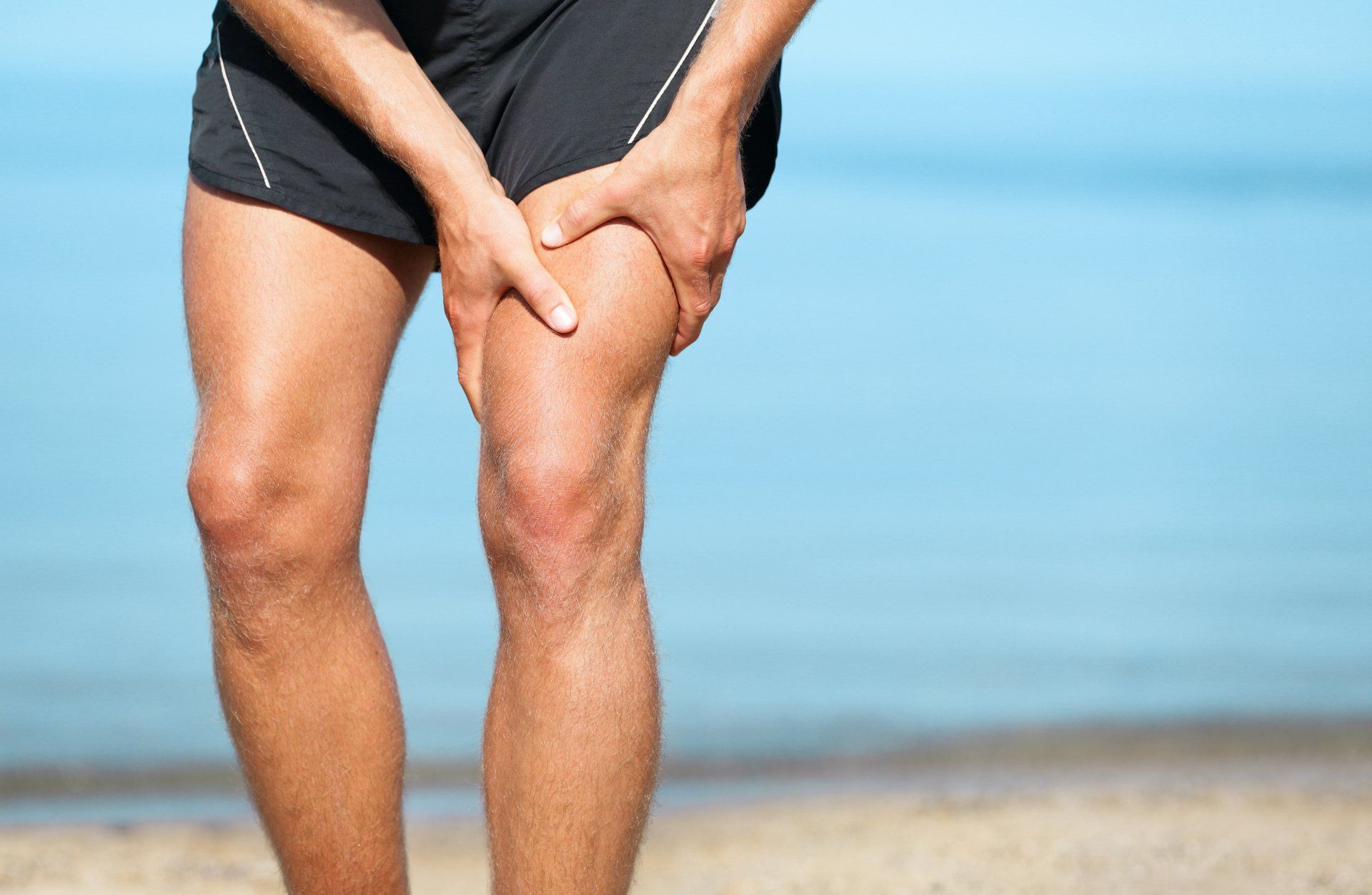
What is it? A painful overuse condition presenting as lateral knee pain, often brought on by running or cycling. The iliotibial band (ITB), is a thick area of fascia (connective tissue) which runs from the lateral aspect of the pelvis and inserts into the lateral aspect of the tibia. There is some debate as to which tissues are affected, however it is thought that the tightening of the muscles around the hips, results in the ITB becoming taught, which in turn creates pressure upon the lateral tissues around the knee. Typically the pain will feel sharp, and may appear at the same point or duration of the run, walk or cycle ride, it may feel like the tightness is building and forcing the individual to stop. The pain may also come on during a squat or walking down stairs. What causes it? It is very important to understand that there isn’t an issue with the tissues of the knee. The pain is being caused by the pressure being placed upon the tissues below the ITB, not the tissues themselves, rather like pressing down upon a bruise. Rehab Your therapist will need to know what activities you have been undergoing and how this may have increased, or changed since you began experiencing the pain. With this information it will be a case of load management or bringing any changes, such as hill running back in slowly. Filming your running gait is a useful tool, this may show you and the therapist that there are some movement patterns which are leading to the pressure build up. Running drills and/or strengthening exercises will then be offered as a treatment. Most importantly though, don’t stop running! ITB syndrome can be painful, however pain doesn’t always equate to damage and speak with us at ParnellHarper about your running programme and how much the knees are being loaded.
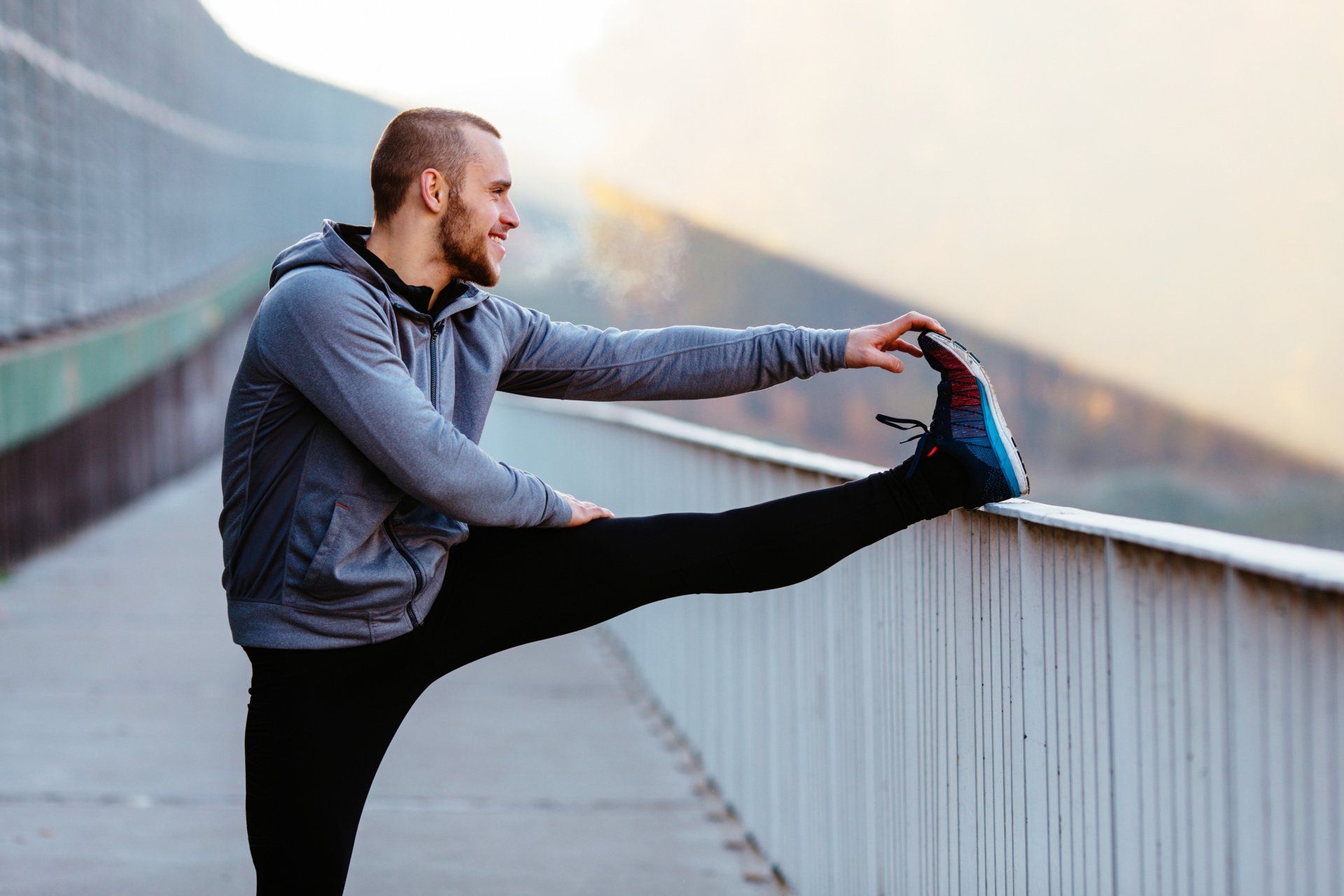
Does it work? Studies concerning static stretching have generally shown it does not have any beneficial effect on running performance, running economy, the alleviation of post-run muscle soreness, or help reduce the risk of injury. Indeed, a pre-workout stretching routine involving extended or prolonged static stretching may have a detrimental impact on performance, with the suggested cause being reduced muscle tension, particularly when linked to subsequent activities involving jumping, faster running, and more powerful movements. It is now recommended that a warm up should consist of a combination of – movement to raise the heart rate and warm the muscles, dynamic stretching in addition to the static stretches if desired – it is this rounded approach which will eliminate any of the negative impact of purely a warm up consisting of static stretching. So what are benefits of static stretching? At face value, the available research seems to offer little positive support for static stretching. While static stretching may feel good at the time, perhaps any perceived benefit is indicative of something that needs strengthening rather than the stretch itself being a solution. Anecdotal evidence from The Australian Ballet company pointed to a reduction in injury when static stretching was replaced with strengthening by loading through range. This typically means replacing longer, static holds with slow and controlled eccentric muscle movement e.g. heel drops for the calf. Perhaps static stretching may be a useful tool in identifying reduced joint movement or a lack of flexibility, where these may link to potentially adverse compensatory movements or negative patterns to the rebalancing of loads. Once identified, an appropriate strengthening programme would offer an opportunity for resolution. Summary We need to move away from using static stretching for some temporary ‘relief’, or feeling it’s the answer to relieve tightness within a muscle or across a joint. Certainly, we know that many running injuries are likely to be the result of ‘overuse’ – overtraining or insufficient capacity - and it is functional strengthening rather than stretching that is more appropriate to the solution. A logical conclusion to be drawn from this is that eccentrically favoured strengthening through range is potentially a more beneficial approach to flexibility.
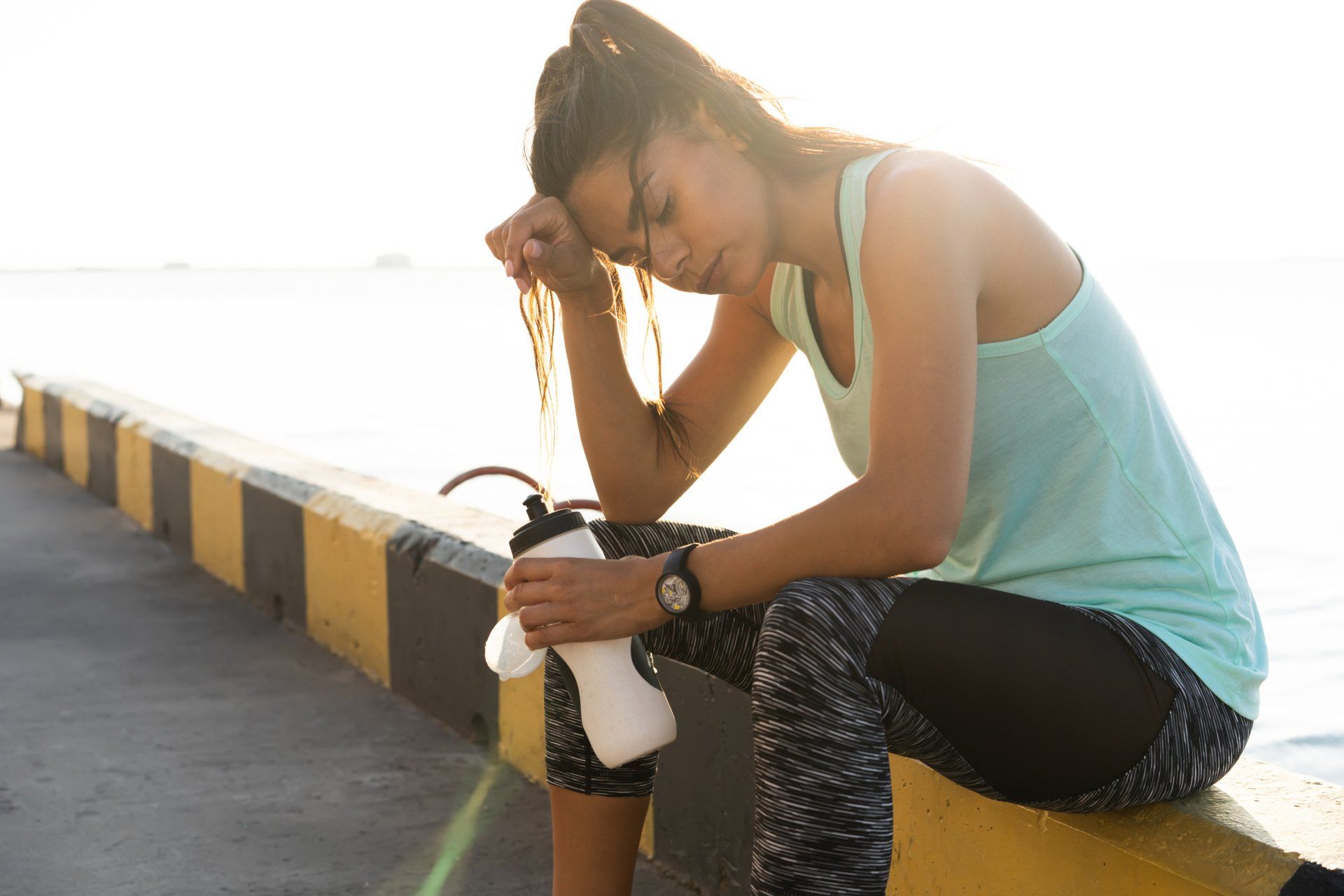
What is it? RED-s is a condition of low energy availability that can affect both males and females and people of all levels and abilities. In essence, this is a reflection of overtraining, restricted eating or a combination of the two. It may be an unintentional consequence of training error and disordered eating but may also reflect deliberate and intentional actions. RED-s can adversely affect many functions of the body. The individual may be more susceptible to illness because the immune system is impacted. The body’s ability to heal and recover from training is reduced, making injury and niggles more prevalent. In female’s menstrual dysfunction is common. The athlete is likely to show signs of general tiredness and irritability. A natural consequence of these things is the impairment of performance. Given the wide variety of symptoms and effects on the body experienced with RED-s it is generally sensible to seek medical assistance to rule out any other potential conditions. What causes it? Disordered eating and formal eating disorders exist on the wide spectrum of eating behaviours, but it has been suggested that there is a 20% higher prevalence of eating disorders in both male and female athletes versus non athletes. Personality type may play a role here. For example, perfectionism is often a desirable trait in sports people and performers, such as dancers, and the selection process may often identify greater potential in those that demonstrate greater levels of conscientiousness and those rigidly preoccupied with detail. In different circumstances these behaviours may be considered excessive and pathological. Rehab Awareness of RED-s is certainly increasing as more research and resources on the condition become available. Governing bodies, coaches, dance teachers, parents and healthcare professionals all have a role to play in improving knowledge and raising awareness. The more the issue is talked about the better. #trainbrave is being used to increase awareness and dispel the simplistic idea that ‘lighter is faster’. The website health4performance.co.uk offers useful and practical information and the book ‘No period, Now what?’ focuses on women with RED-s. Summary RED-s is a syndrome whereby an athlete or dancer is energy deficient, either by deliberately under fuelling, over training or unintentionally under fuelling or over training. It leads to impaired physiological functions such as (although not limited to) bone health, menstrual function, immune system, metabolic rate, protein synthesis and cardiovascular health. Short term symptoms include impaired performance, a reduction in endurance and muscle strength, increased risk of injury and irritability. Longer term implications are menstrual dysfunction, decrease in bone health, increased susceptibility to injury and illness, and depression.
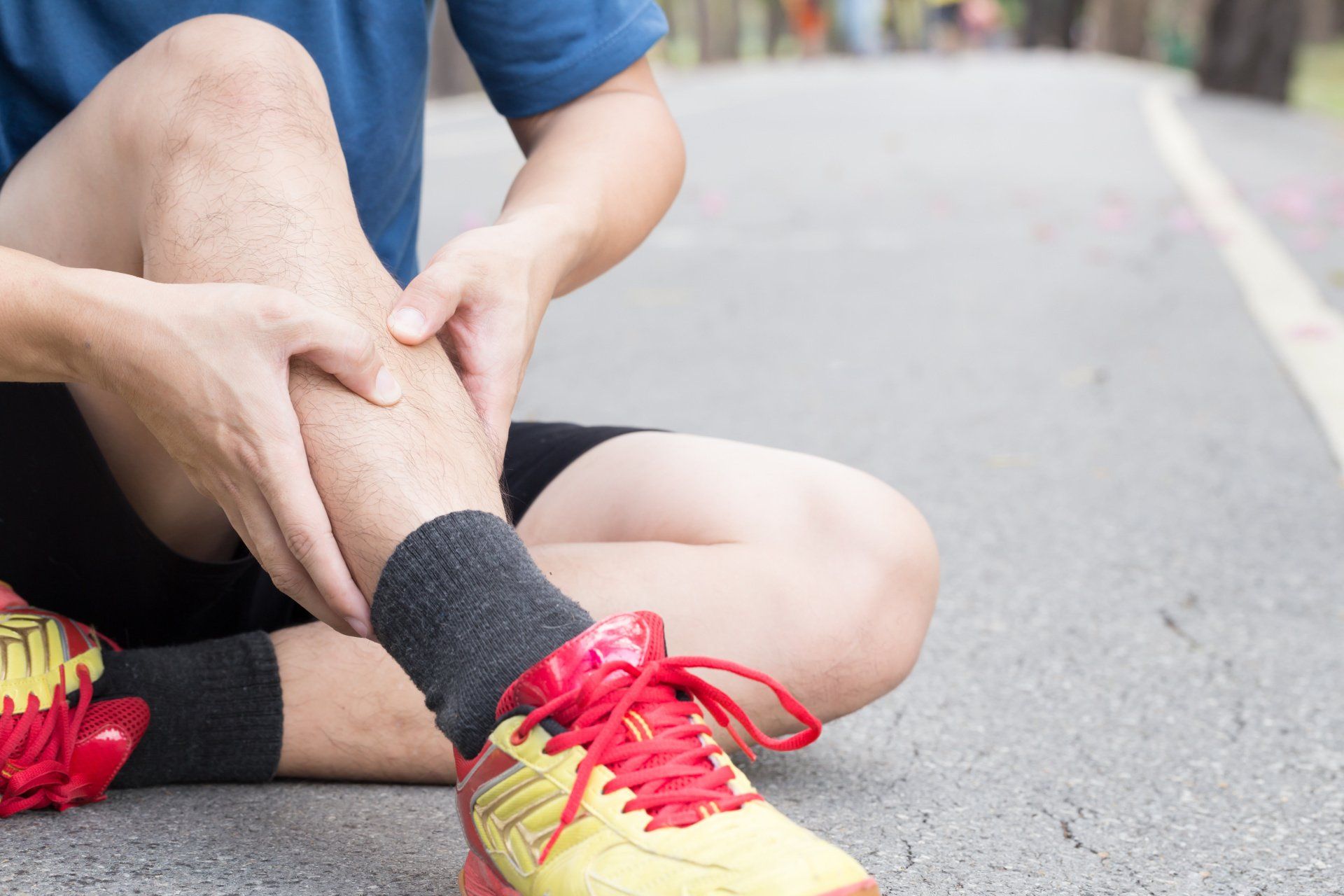
What is it? Medial Tibial Stress Syndrome (MTSS) is a common overuse injury in runners and is described as exercise-induced pain down the inside border of the shin bone. Symptomatic of this is pain provoked by physical activity and reduced by relative rest. Pain may also be felt by pressing the inner aspect of the shin bone and is caused by inflammation of the periosteum* along this bone. *The periosteum is a fibrous tissue that covers the outer surface of the bone, it plays an important role in bone growth and repair What causes it? Although ‘training error’ may be the most likely cause of the pain, biomechanical issues may also be part of the picture. There is evidence pointing to the potential for a range of muscular imbalances: calf weakness or tightness excessive foot pronation foot arch issues imbalance in strength and/or flexibility between the hamstrings and the quads. All of which your therapist should examine and assess. In addition, hip and core strength are implicated in lower limb injuries more generally, meaning these will also benefit the rehabilitation process. Rehab As with all overuse injuries, the immediate treatment is to manage load through a reduction in aggravating activities. This should encompass a reduction in running distance, frequency, and intensity, but can also include the introduction of a low impact activity, like cycling. If this is not the first time of experiencing MTSS or it is a persistent problem, it may be worth assessing your walking and/or running gait, which again will be suggested by the therapist. So, in all the spare time created by cutting down on the running, there are plenty of exercises that can still be done to help you get strong, and plenty of time to do it in! Summary Common overuse injury, often seen in runners. Exercised induced pain, often on the inside border of the shin bone. Immediate reduction in the amount of load placed upon the lower limb is recommended, being replaced by non-weight bearing activities such as swimming, cycling etc. Assessment of muscular imbalances should be made by a therapist. Hip and core stability and strength exercises should begin. Full assessment of walking or running gait is recommended.
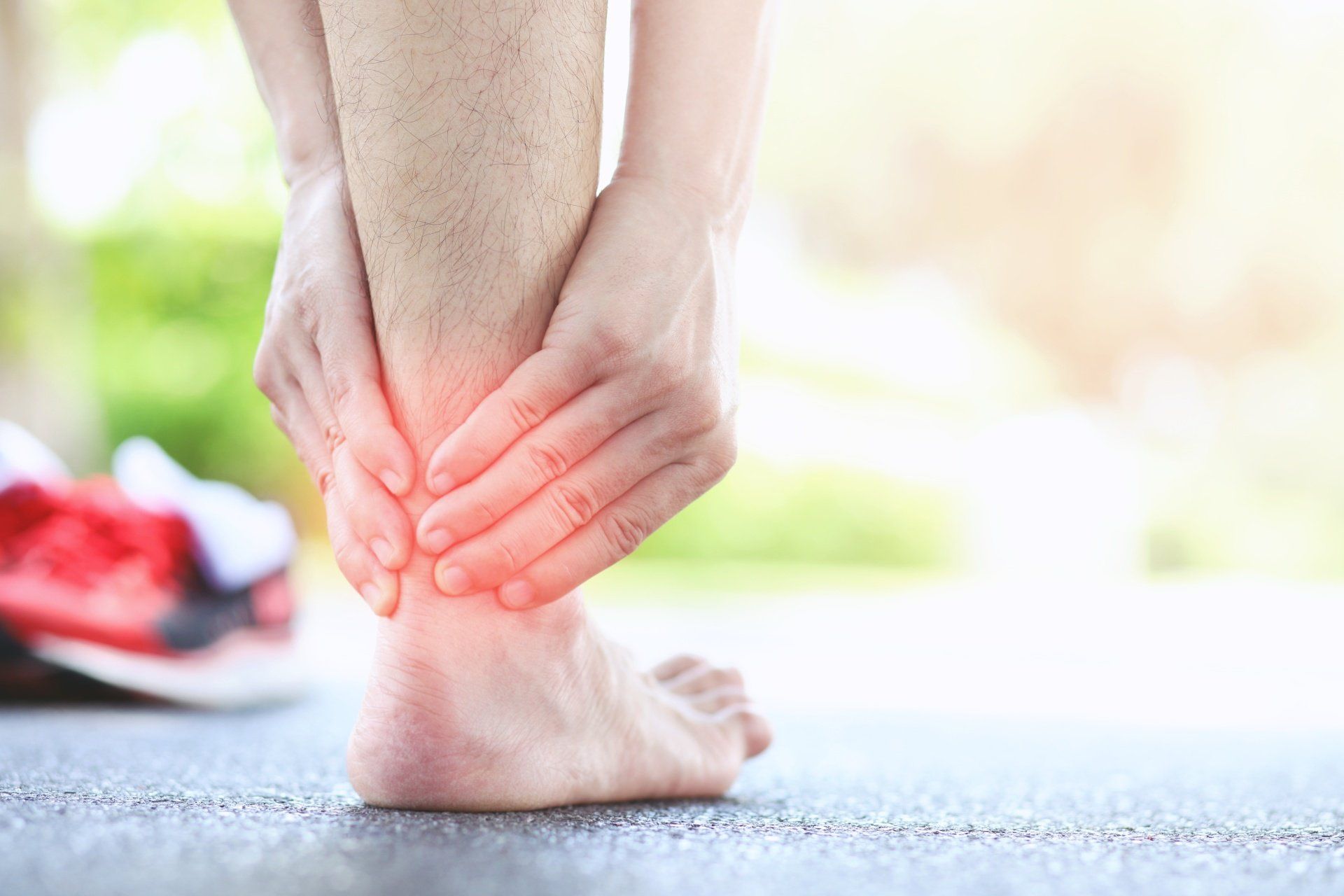
What is it? Achilles tendinopathy is usually described as an overuse injury. Pain can either be termed ‘insertional’, when on the heel where the Achilles attaches, or ‘mid-portion’, when several centimetres further up the tendon. It is a condition most commonly seen in running and jumping sports, in people aged between 30 and 60 years old, but is also something that occurs among the less active and sedentary. The term ‘tendinopathy’ is used to encompass a range of symptoms resulting in a painful tendon. It is associated with morning stiffness, pain at the beginning and end of exercise, and the tendon can appear ‘swollen’. In this case, swelling is not a result of a traditional inflammatory response, but perhaps can be better described as an overactive response affecting the process of tendon collagen production and adaptation. In chronic conditions the tendon can be thickened and have nodular areas. Achilles tendinopathy impacts performance and kinesiophobia, or fear associated with movement, is very often a key symptom of the condition. What causes it? Various risk factors have been examined and proposed. These include: an increased amount of loading of the tendon (increased amount of walking, running, explosive jumping) high BMI diabetes reduced strength in the plantar flexor (‘calf’) muscles potential side-effects of steroids and some antibiotics. Rehab Tendon rehabilitation can be a slow process, however tendon loading through activity has been seen to provide a stimulus for a healing response by increasing the rate of collagen fibre production. Researched rehabilitation exercise programmes typically span a 12-week period, and the benefits of various types of exercise, including static exercises (isometric), heel drops (eccentric) and weight training/resistance exercises have proven successful in the rehabilitation of this frustrating injury.The body content of your post goes here. To edit this text, click on it and delete this default text and start typing your own or paste your own from a different source. Summary Achilles tendinopathy is caused by overuse or a sudden increase in use of the tendon. Pain/stiffness is felt in the morning, beginning or end of exercising or simply after a period of time sitting. It is an ‘over-active’ response affecting the production of collagen fibres. Tendon rehabilitation can be slow, it’s important to not rush the process. Your therapist will give you a combination of static and strength exercises. The reintroduction of running or walking will begin fairly early on into the rehab programme, however the increases in speed/distance will be gradual.
